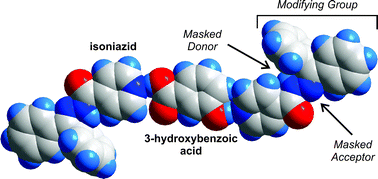
This CrystEngComm Hot article investigates the formation of co-crystals from an isoindoline nitroxide and an iodoperfluorocarbon, and looks at the halogen bonding in the resulting crystals.
This is particularly interesting as organic spin systems such as this are of importance in the fields of spintronics and spin-based quantum computing. This method is fast and reliable, so the making of organic molecular magnetic materials is much easier.
.
Read the full article for FREE to discover more about the way they prepared their x-bonding co-crystals…
Vapour phase assembly of a halogen bonded complex of an isoindoline nitroxide and 1,2-diiodotetrafluorobenzene
Karl J. P. Davy, John McMurtrie, Llew Rintoul, Paul V. Bernhardt and Aaron S. Micallef
CrystEngComm, 2011, DOI: 10.1039/C1CE05344B











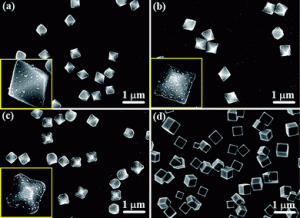

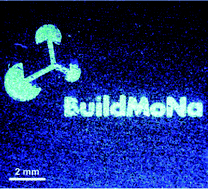 In this CrystEngComm Hot article, Michael Lorenz and colleagues from Universitat Leipzig have made fresnoite thin films, fused on various materials by pulsed laser deposition, for use in photonic applications.
In this CrystEngComm Hot article, Michael Lorenz and colleagues from Universitat Leipzig have made fresnoite thin films, fused on various materials by pulsed laser deposition, for use in photonic applications.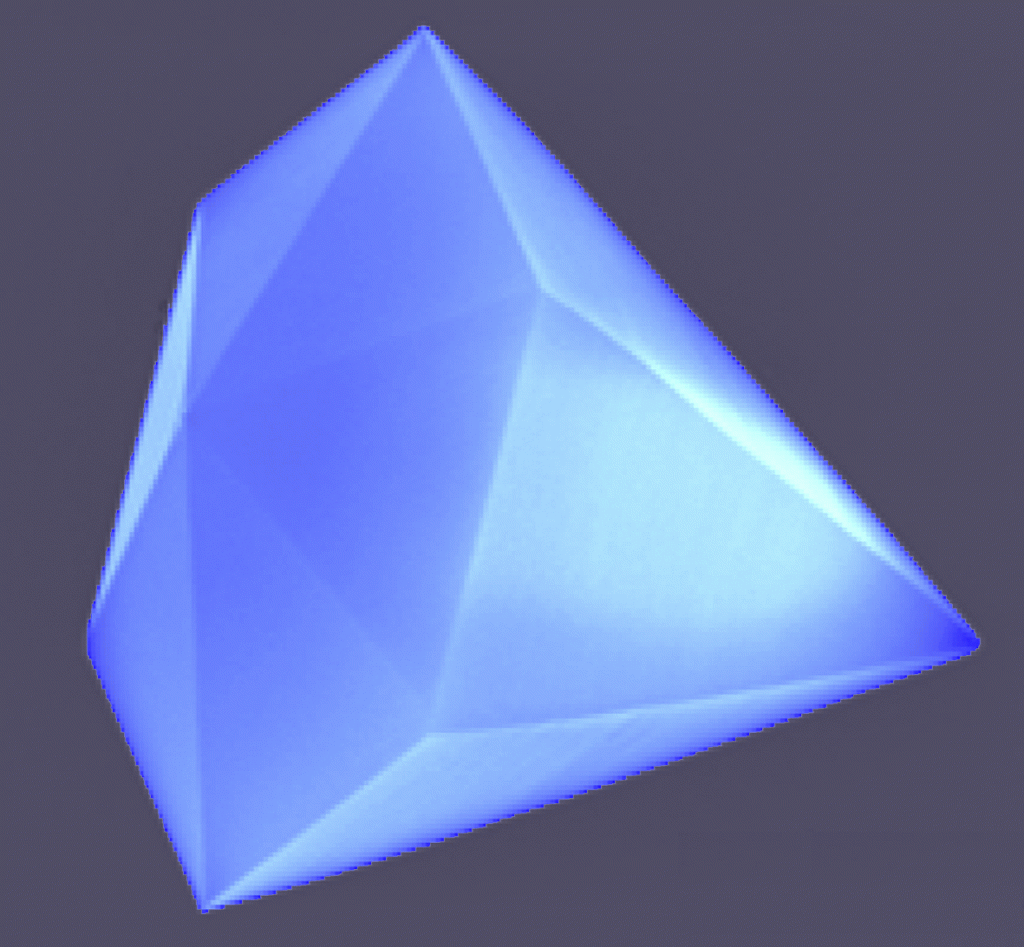
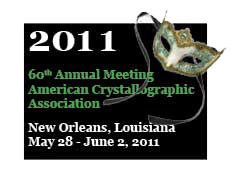
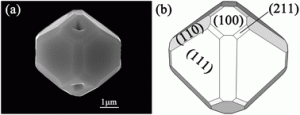
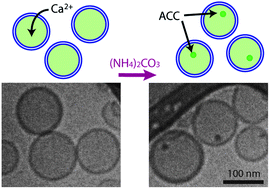 In this HOT article, the Joester group, show for the first time the synthesis and stabilization of amorphous calcium carbonate (ACC) nanoparticles in phosphatidylcholine liposomes (vesicles). There is exactly one nanoparticle per liposome, and the ACC is stable over time (it does not crystallize for at lease 20 h).
In this HOT article, the Joester group, show for the first time the synthesis and stabilization of amorphous calcium carbonate (ACC) nanoparticles in phosphatidylcholine liposomes (vesicles). There is exactly one nanoparticle per liposome, and the ACC is stable over time (it does not crystallize for at lease 20 h).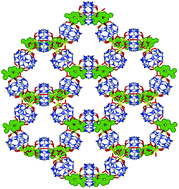 MOF have been much studied due to their potential applications from their excellent physical and chemical properties, however, many are unlikely to realize their potential due to the expense of the starting materials and/or complexity of the synthesis involved. In this HOT article, Day and co-workers have formed stable cucurbit[5]uril MOF structures as ‘beaded’ rings built on a p-hydroxybenzoic acid template prepared readily by self-assembly as a supramolecular structure that remarkably can be recrystallised from water to form the same stoichiometry and structure as occurs under the initial crystallisation conditions. Accessible channels have clearly been demonstrated for a group of polar volatile organic molecules with significant absorption selectivity for at least three examples.
MOF have been much studied due to their potential applications from their excellent physical and chemical properties, however, many are unlikely to realize their potential due to the expense of the starting materials and/or complexity of the synthesis involved. In this HOT article, Day and co-workers have formed stable cucurbit[5]uril MOF structures as ‘beaded’ rings built on a p-hydroxybenzoic acid template prepared readily by self-assembly as a supramolecular structure that remarkably can be recrystallised from water to form the same stoichiometry and structure as occurs under the initial crystallisation conditions. Accessible channels have clearly been demonstrated for a group of polar volatile organic molecules with significant absorption selectivity for at least three examples.